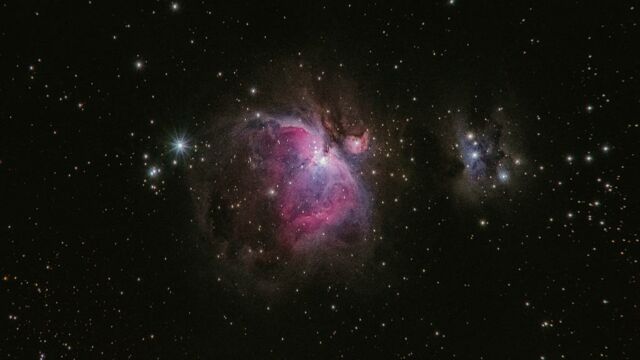At a distance of 420 light years away from Earth, astronomers have discovered up to 170 'rogue' Jupiter-sized exoplanets. So far, the biggest group of its sort has been identified.
Discover our latest podcast
Jupiter-sized exoplanets
According to researchers from the Laboratoire d'Astrophysique de Bordeaux, these planets hide in the black cosmos, with no star to illuminate them. Scientists took use of the fact that these gas giant planets are still hot enough to glow a few million years after birth, finally making them visible to Earth.
Núria Miret-Roig, an astronomer at the Laboratoire d’Astrophysique de Bordeaux, said:
We did not know how many to expect and are excited to have found so many.
The scientists looked at data from ground and space-based observatories over a 20-year period to locate so many rogue planets in one go.
Miret-Roig adds:
We measured the tiny motions, the colours and luminosities of tens of millions of sources in a large area of the sky.
These measurements allowed us to securely identify the faintest objects in this region, the rogue planets.
Rogue planets
There might be billions or trillions of rogue planets in the Milky Way alone. ‘Rogue’ planets are orphaned, planet-sized intergalactic objects that aren't connected to a parent or a host star.
Currently, due to the lack of technology, the precise number of rogue planets discovered by the team is difficult to estimate because the observations do not allow the researchers to determine the masses of the probed objects.
Hervé Bouy, an astronomer at the Laboratoire d’Astrophysique said:
These objects are extremely faint and little can be done to study them with current facilities.
The Nancy Grace Roman Space Telescope, which is set to launch in 2027, will be the first to count them. It will very certainly be 10 times more sensitive to these objects than currently available ground-based telescopes.















